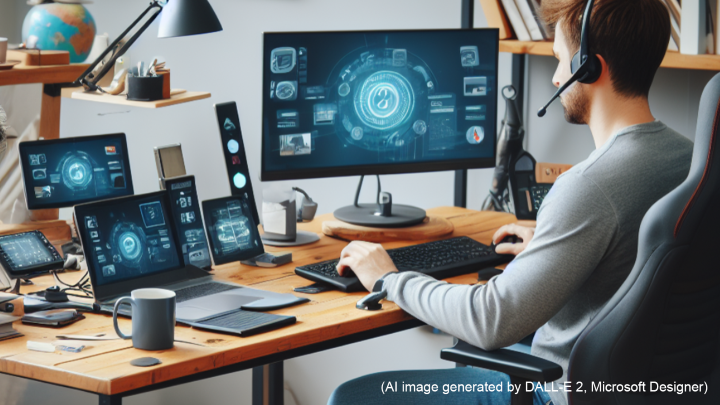#0128 Hacks for Improved Productivity: Work from Home Edition

Hacks for Improved Productivity: Work from Home Edition
The COVID-19 pandemic forced several businesses to shift online, and workers had to quickly adapt to working in telecommute settings. While some individuals found that working from home improved their productivity, others had the opposite experience. Remote and hybrid work environments appear to be the future, necessitating insights into factors aiding and hindering productivity in telecommuters.
To gain some insight into this matter, researchers surveyed 352 workers from different industries who telecommuted from the Philippines during the COVID-19 pandemic. Using data analysis, they examined the relationship of working environments and stress levels with productivity and musculoskeletal symptoms such as body aches in this group. Moreover, they also assessed how psychological detachment—the ability to mentally disconnect from work outside work hours—affected productivity and musculoskeletal symptoms in these individuals.
The researchers found that workers who had workstations suitable for work, those who had ergonomic workstations, and those who showed psychological detachment had lower levels of stress. In turn, workers with high levels of stress—and especially young employees and those without spouses—showed lower levels of productivity. Although ergonomic workstations were found to reduce musculoskeletal symptoms, the presence of such symptoms did not appear to affect productivity.
Overall, the study showed that workstation suitability was an important factor affecting stress levels—and therefore productivity—among individuals working from home. The findings could guide interventions aimed at solving issues with workstation suitability among telecommuters and thus be helpful for policymakers, employers, and employees alike. They indicate the importance of guidelines and appropriate equipment for setting up working environments that foster productivity even in remote settings and also reduce stress and promote physical health among workers. Moreover, given that young and unmarried employees seem to be the most vulnerable, the findings suggest that these individuals should be the focus of such interventions.

Link to the original journal article:
https://academic.oup.com/joh/article/63/1/e12242/7249831
Title of the paper:
Barriers and facilitators of productivity while working from home during pandemic
Authors:
Rosemary R. Seva, Lourdes Marie S. Tejero, Vivien Fe F. Fadrilan-Camacho
DOI:
10.1002/1348-9585.12242




